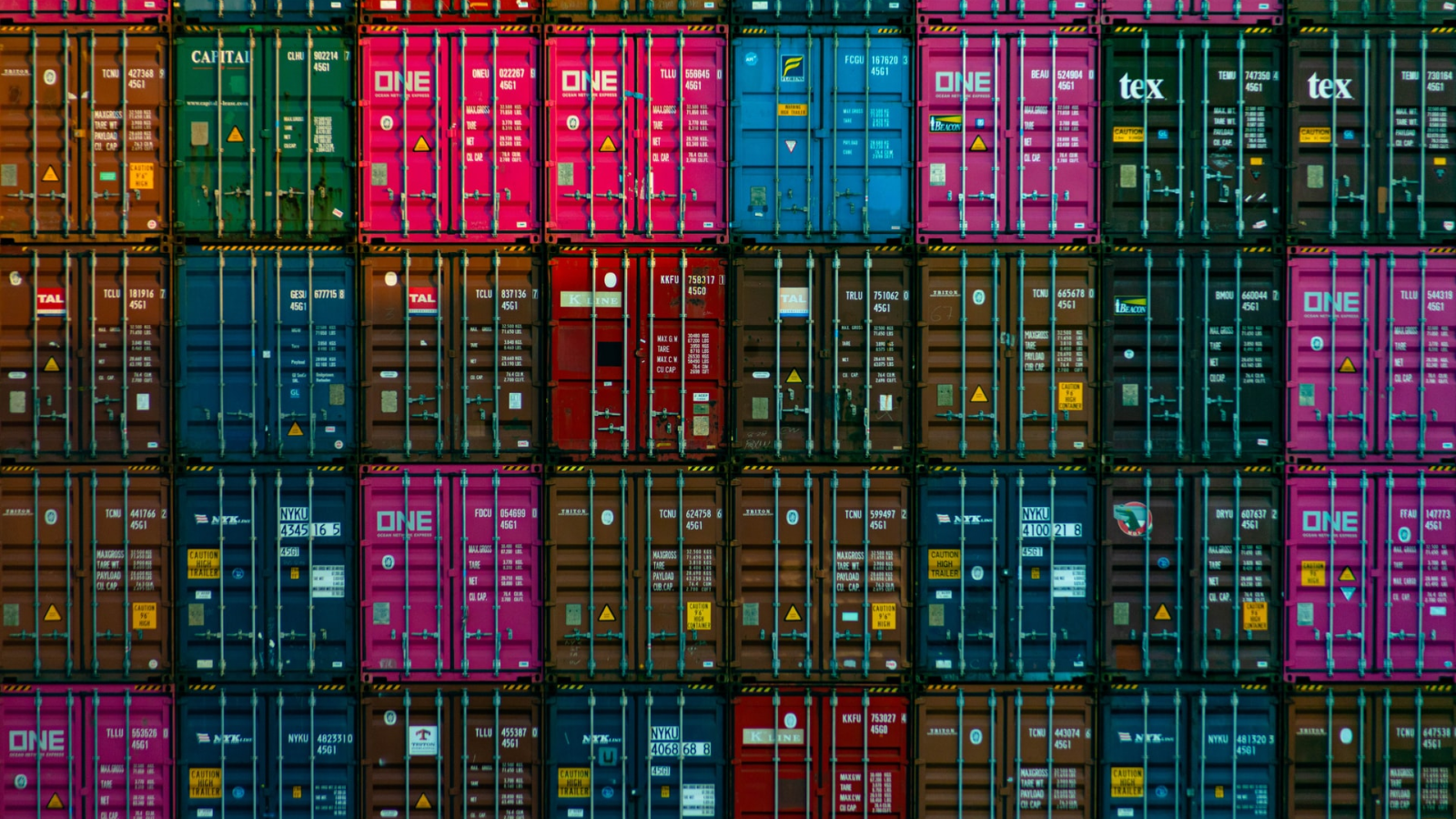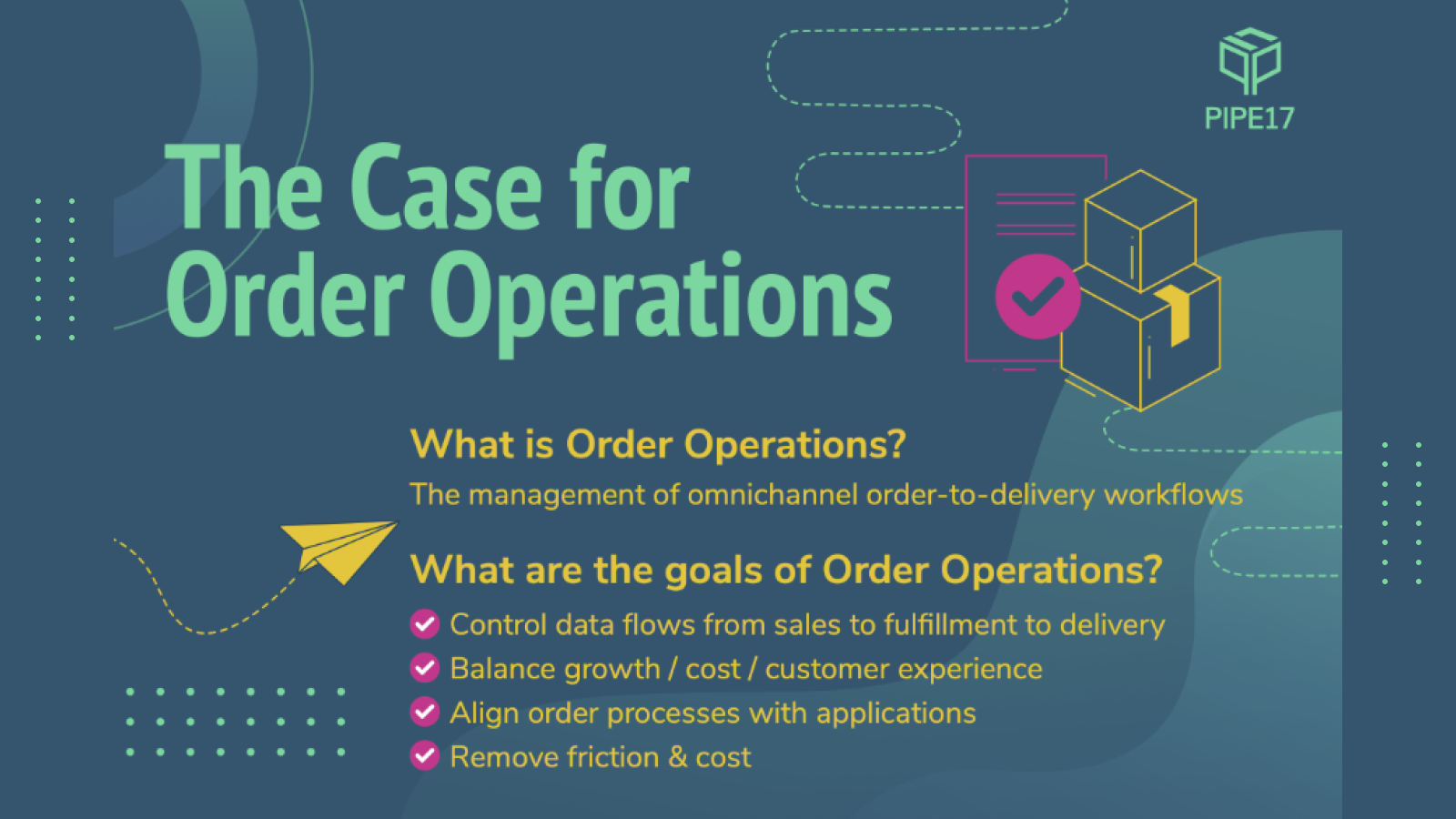The global supply chain troubles — and the resulting astronomical rise in shipping prices and delivery delays — have been getting worse. In November 2021, a record 111 container vessels were waiting outside of the ports of Los Angeles and Long Beach. As we head deeper into the holiday season, things are set to heat up further. So where did these issues come from and what can you do to minimize their impact now and in the future?
A quick look at the events that led us here
In late 2019 and early 2020 the world experienced a global pandemic that affected 98% of global supply chains and led to a rise in demand for eCommerce goods, just as the supply was going down. At the time and up until today, the world was overly reliant on just a few specific ports. The Port of LA is the number 1 container port in the Western Hemisphere.
Then a ship called the Ever Given got stuck in the middle of the Suez Canal, blocking the key trade passageway between the Red Sea and the Mediterranean, and costing the global economy $60 billion dollars in six days. And to the shortage of shipping containers, which led to prices for old 20-foot containers in China going up by 94% between November ‘20 and March ‘21. (These shortages show no signs of slowing.)
A few months before the record logistics catastrophe in LA, there was a COVID-19 outbreak at the Yantian International Container Terminal in Shenzhen in June ‘21 that led to the port’s operations going down to 30% capacity. The same outbreak led to an almost unprecedented surge in blank sailings, building on the pandemic high.
Compounding on top of all of that, there’s an ongoing truck driver shortage that’s only getting worse.
All these factors — and many more that we saw over the last few years and will likely keep seeing develop over the coming ones — are dominos, knocked out of balance and spreading their effect as they disturb, and influence, other pieces on the board. So why did we just list them out?
While these dominos won’t fall in the same way again, they’re a useful lesson for eCommerce operations. They highlight the importance of back up plans: for production, shipping and more. But before we get into that, let’s talk about what happened in ecom over the last year.
The pandemic paradox: a rise in demand, a drop in supply, shortages and a supply increase
The year 2020 saw a massive surge in ecommerce orders: in the US alone, orders grew by 44%. As multiple countries experienced shut downs that limited movement outside for anything beyond essentials, people started ordering more goods online. This put a strain on the global supply chain. Just as demand was rising, supply was dropping and the world stores of raw materials faced depletion. New Covid safety precautions disrupted production, delivery and logistics while consumer expectations for delivery and service went up.
The shipping container storage
Shipping goods internationally requires shipping containers and so demand for containers soared. In December ‘20, the availability of shipping containers in China hit a low, just as items were being shipped to the US for the December rush. Ports —including major California ports like LA — saw a major increase in shipment dwell time. Instead of getting unloaded, shipping containers remained where they were.
Source: Supply Chain Dive
This was ten months ago. The situation has not gotten better: the average wait time is now 10 days for all shipments with some getting stuck for weeks on end. (For context: Port of LA and Long Beach are responsible for about 40% of containers that enter the contiguous United States.)
If you’re importing any goods from China right now, you’re in for a challenge
Importing from China, right now, is considerably harder than importing goods from almost anywhere else. (It’s definitely harder than it used to be in 2019.) Every vendor is affected by this: whether you’re shipping finished goods or sourcing components so you can build the finished product in the US (or elsewhere), getting your merchandise here is between 4 and 23 times more expensive than it used to be.
One of our clients used to be able to get a container for $3,500 for a 40 foot container and in July this year, he was getting bids for $24,000 for the same container.
This became painfully clear when I requested a quote for an air shipment — back in July — to bring 12,000 units over to the US. The units would leave the Ningbo Lishe International Airport in China and fly to O’Hare in Chicago, before getting loaded on trucks and driven to their final destination in Ohio. (The prices have stayed relatively similar since then.)
Even a few months before that, I would not even entertain the idea of bringing in 12,000 units — at one kilogram each — over by plane and pay $9.58 per unit for the privilege. Just like anyone shipping bulk, I would have hired one and half 40-foot containers and booked the products an oversea trip for $5000, at $0.42 a piece (almost 23 times less). It’s important to balance the cost of shipping against your profit margins otherwise getting it here doesn’t matter if you lose money on the project.
As production goes up, deliveries are getting stuck
All of this disruption is heating up just as production levels are also going up and demand for goods during the busy holiday season is rising. The companies that can get their orders on a ship are waiting as their goods get stuck in the ocean, unable to get in. This, in turn, is disrupting global container availability even further. As a result, the price of everything — from shipping, to containers, to trucks and more — is going up. (This increase is also driving consumer prices up, but that’s an article for another time.)
So what can ecommerce merchants do to weather this storm during one of the busiest seasons?
I’ve been in the operations space for over 20 years and — over the last few months — I’ve been negotiating new supply deals, pricing out airplane deliveries from China and hunting down shipping containers. I’ve been speaking to the CEOs and operations leaders at partner companies and around the world, looking for solutions so that ecom businesses aren’t held hostage by port problems. Here’s what you can do.
Simple steps you can take right now
Holiday sales are coming up. If you don’t have the product ready to ship out, it may be time for some aggressive maneuvers.
- Get multiple quotes. Scarcity breeds competition and — sometimes — artificially inflates prices. Don’t settle on the first quote: speak to as many carriers as you can to see what’s available.
- Identify risks. Build massive time delays into your plan and put a contingency in place. (Look at alternative ports you can ship to.)
- Build a stockpile. If you have excess inventory, save it for the holiday sales.
- Get the story on the ground. Call your contacts, express sympathy for their situation, get the real story and see what you can do.
- Break shipments up. This is key: break up pallets into cartons. (It’s a lot easier to book300 cartons than 22 pallets.) Now may also be the time to send some goods via air.
- Diversify sourcing. If you can get some of your product from India or Cambodia instead of China, try to use a variety of resources.
- Diversify fulfillment. Can you fulfill from Hong Kong or China? The answer is yes. There are a number of great sources there that can entirely bypass shipping your products by container and send them directly to your customers.
All of these steps will make the upcoming holiday season easier to handle. But, they’re not just an “act now” measure: taking these steps now can also make future logistic chain issues easier to handle.






